Table of Contents
Introduction to Chile Pequin
Chile Pequin peppers typically range between 40,000 to 60,000 Scoville Heat Units (SHU), placing them between cayenne peppers and habaneros on the heat scale. This information is based on data from the USDA Agricultural Research Service and peer-reviewed scientific studies on chili peppers. Chile pequin (Capsicum annuum var. glabriusculum) is a small, round pepper known for its intense heat and complex flavor profile. It's commonly used in Mexican and Southwestern U.S. cuisines, where it adds both heat and distinctive fruity notes to dishes.
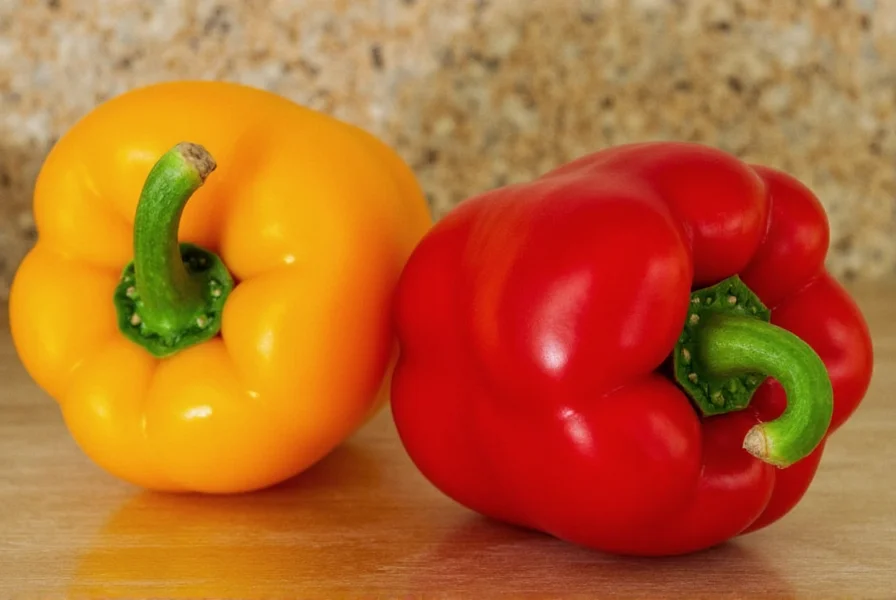
Understanding the Scoville Scale
The Scoville scale measures chili pepper heat based on capsaicin concentration. Developed by pharmacist Wilbur Scoville in 1912, it quantifies heat in Scoville Heat Units (SHU). Modern measurements use high-performance liquid chromatography (HPLC) for precision, though the original method involved human taste testers diluting pepper extracts until heat was undetectable.
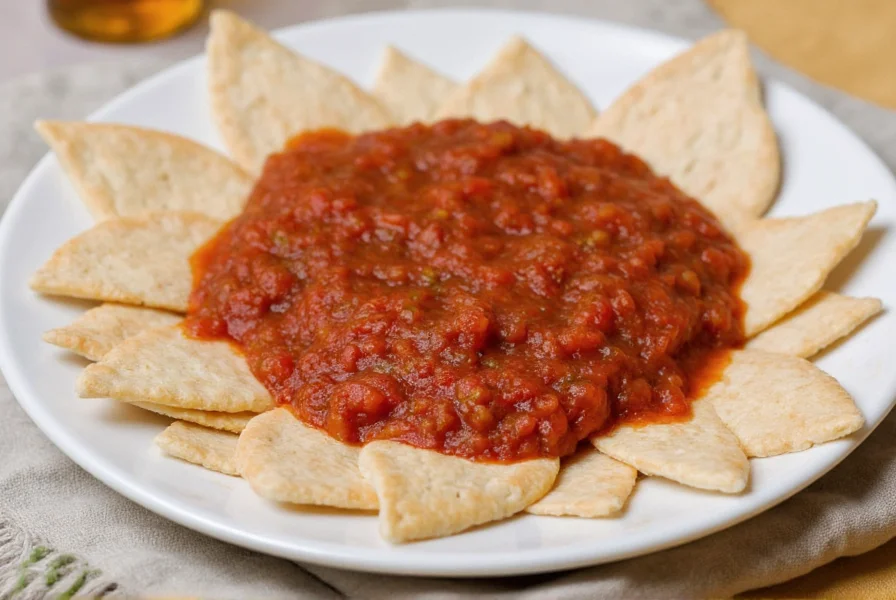
How Hot Is a Chile Pequin?
Chile pequin peppers consistently measure between 40,000 to 60,000 SHU according to USDA agricultural research. This places them significantly hotter than jalapeños but milder than habaneros. Here's a detailed comparison with other common peppers:
| Pepper | Scoville Range (SHU) |
|---|---|
| Jalapeño | 2,500–8,000 |
| Cayenne | 30,000–50,000 |
| Chile Pequin | 40,000–60,000 |
| Habanero | 100,000–350,000 |
| Ghost Pepper | 1,000,000–1,500,000 |
Unlike some hotter peppers that deliver delayed heat, chile pequin provides immediate, sharp heat followed by a distinctive fruity flavor. This makes it particularly valuable in culinary applications where both heat and flavor complexity are desired.
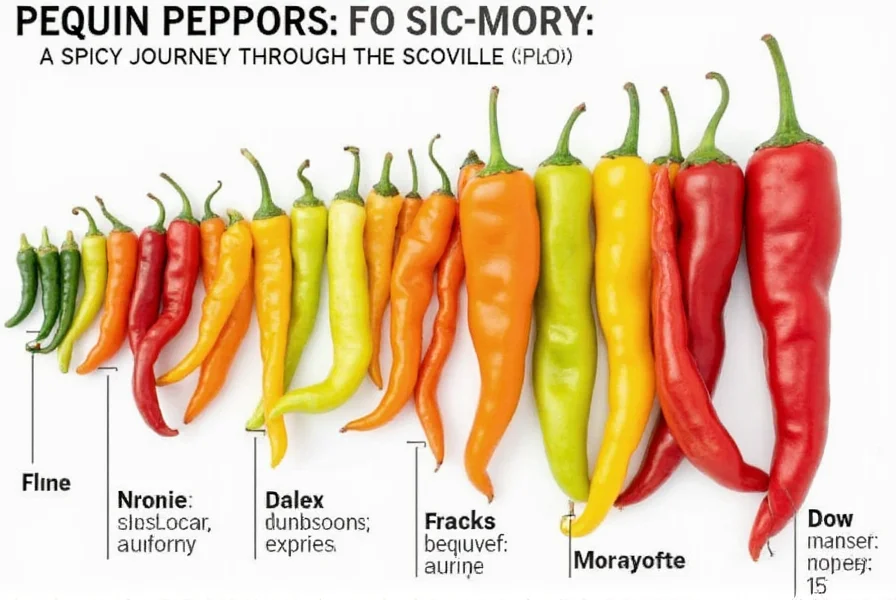
Culinary Uses of Chile Pequin
Chile pequin's unique combination of heat and flavor makes it versatile in cooking. Culinary experts recommend using it in these ways:
- Salsa: Add whole or chopped chile pequins to fresh salsas for balanced heat and fruitiness
- Hot Sauce: Use dried chile pequins to create complex hot sauces with smoky notes
- Stews and Soups: Add dried pods to broths for slow-releasing heat and depth of flavor
- Seasoning: Crush dried peppers into powder for meat rubs or vegetable seasonings
- Infused Oils: Create spicy oils for drizzling over dishes
Traditional Mexican cuisine often uses chile pequin in salsa roja and adobo marinades, where its flavor profile complements rather than overwhelms other ingredients.
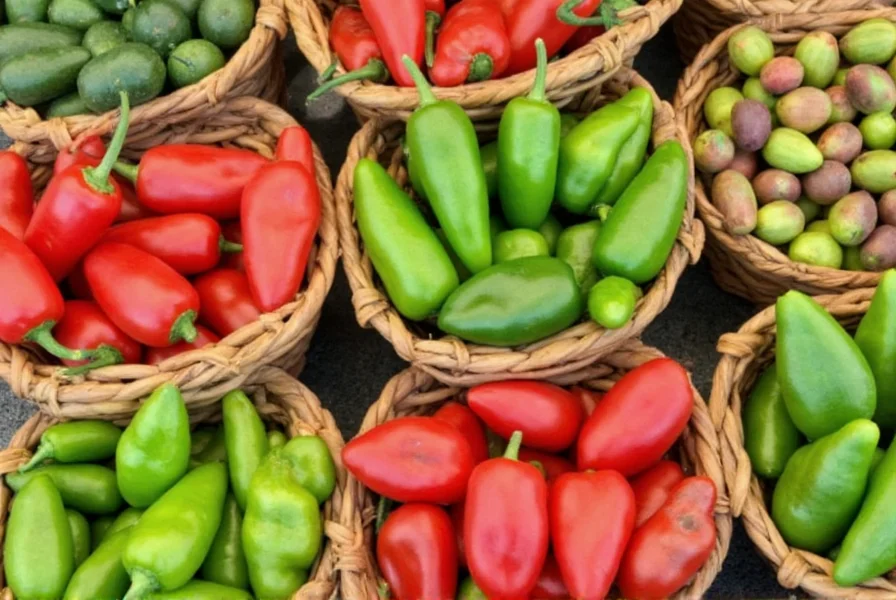
Buying Guide for Chile Pequin
When purchasing chile pequin, consider these factors based on USDA guidelines for quality assessment:
Types of Chile Pequin Products
- Fresh: Available summer months; vibrant flavor ideal for salsas
- Dried: Best for long-term storage; perfect for powders and seasonings
- Ground: Convenient for quick use in recipes
- Whole: Ideal for stews and broths for slow flavor release
Key Features to Look For
- Heat Level: Look for products specifying Scoville range on labels
- Origin: Pequins from Mexico or U.S. southwest regions typically have consistent quality
- Appearance: Fresh peppers should be bright red with smooth skin; dried peppers should have vibrant color and no mold
- Flavor Profile: Some varieties emphasize fruity notes while others have more smokiness
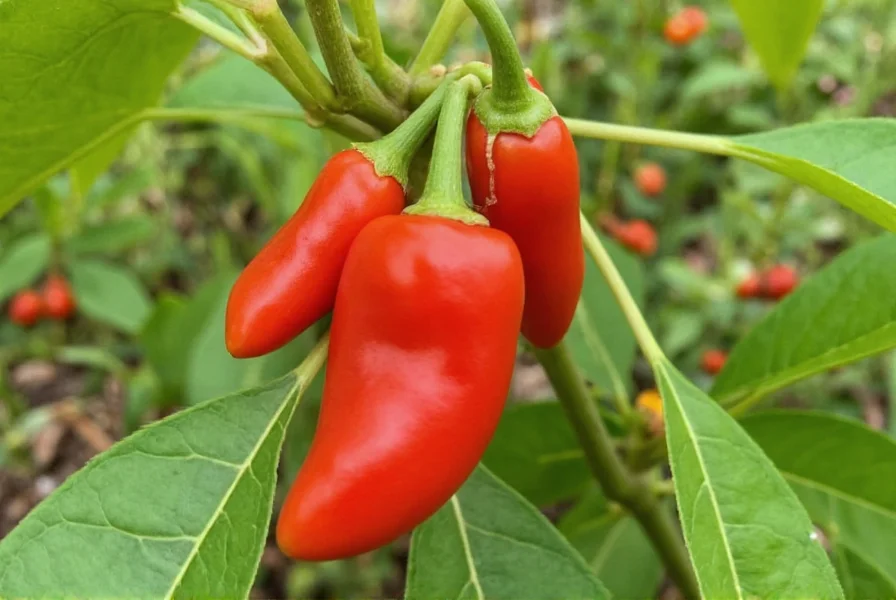
Spice Tips for Beginners and Pros
Food scientists recommend these best practices for working with chile pequin:
- Start Small: Even one pepper can significantly increase heat; begin with half and adjust
- Wear Gloves: Always protect hands when handling to avoid capsaicin transfer
- Proper Storage: Fresh peppers last 1 week refrigerated; dried peppers store in airtight containers away from moisture
- Heat Management: Remove seeds and white membranes before use to reduce intensity
- Balance Flavors: Use dairy, acid, or sweetness to counterbalance excessive heat in dishes
According to culinary experts, chile pequin's heat is not just about numbers—it's about how it complements other ingredients. A well-balanced recipe transforms this pepper into a delightful culinary experience.
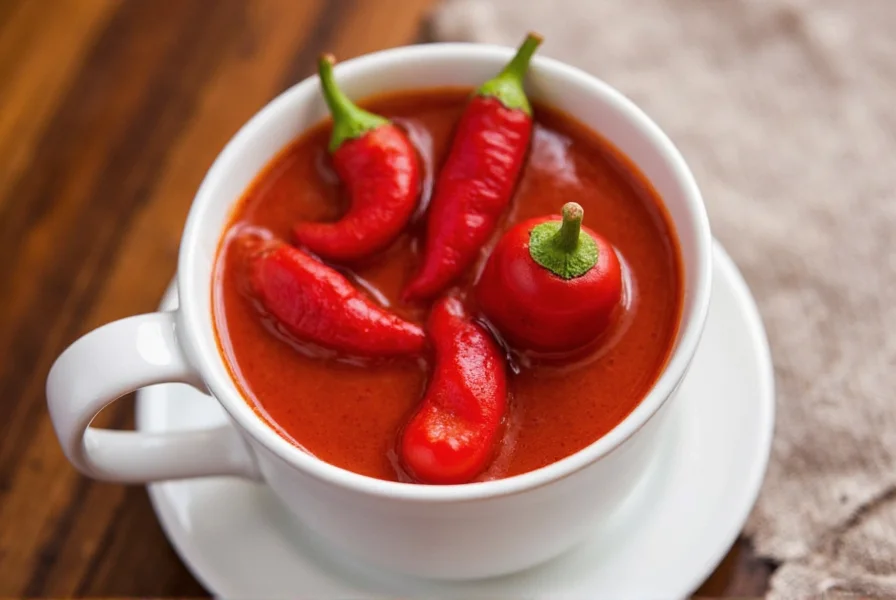
Frequently Asked Questions
How many Scoville units does a chile pequin have?
Chile pequin peppers typically measure between 40,000 to 60,000 Scoville Heat Units (SHU), according to USDA Agricultural Research Service data. This places them significantly hotter than jalapeños (2,500-8,000 SHU) and comparable to cayenne peppers (30,000-50,000 SHU), but milder than habaneros (100,000-350,000 SHU).
Is chile pequin hotter than habanero?
No, chile pequin is not hotter than habanero. Chile pequin ranges from 40,000-60,000 SHU, while habaneros range from 100,000-350,000 SHU. This means habaneros can be 2-8 times hotter than chile pequin peppers. Chile pequin is actually closer in heat to cayenne peppers but has a more complex flavor profile.
How does the heat of chile pequin compare to other common peppers?
Chile pequin (40,000-60,000 SHU) is approximately:
- 8-24 times hotter than jalapeños (2,500-8,000 SHU)
- Comparable to cayenne peppers (30,000-50,000 SHU)
- About half as hot as the mildest habaneros (starting at 100,000 SHU)
- 15-25 times milder than ghost peppers (1,000,000+ SHU)
Unlike some hotter peppers, chile pequin delivers its heat relatively quickly rather than with a delayed burn.
What does chile pequin taste like besides being hot?
Beyond its notable heat, chile pequin has a complex flavor profile that includes:
- A distinct fruity, almost berry-like flavor
- Subtle smokiness, especially when dried
- A slight sweetness that balances the heat
- Earthy undertones
This complex flavor makes it prized in Mexican cuisine where it's used not just for heat but for its distinctive taste that enhances rather than overwhelms dishes.
How can I reduce the heat if I've added too much chile pequin to my dish?
If your dish has become too spicy from chile pequin, try these solutions:
- Add dairy products like yogurt, sour cream, or cheese (casein helps neutralize capsaicin)
- Incorporate acidic elements like lime juice or vinegar to balance the heat
- Add more of the other ingredients to dilute the spiciness
- Include sweet components like honey or sugar to counterbalance the heat
- Add starches like rice, beans, or bread to absorb some of the capsaicin
Remember that removing the seeds and white membranes before using chile pequin can prevent excessive heat in future dishes, as these contain the highest concentration of capsaicin.
Can I substitute chile pequin with other peppers if I can't find it?
Yes, here are suitable substitutes for chile pequin:
- For heat and flavor: Tabasco peppers or Thai bird chilies (use slightly less as they can be hotter)
- For milder option: Cayenne pepper (use about the same amount)
- For dried version: Crushed red pepper flakes with a pinch of smoked paprika for complexity
- For authentic Mexican flavor: A combination of serrano and cayenne peppers
When substituting, start with half the amount of substitute pepper and adjust to taste, as heat levels can vary significantly between pepper varieties and even individual peppers.
Conclusion
Chile pequin peppers, measuring 40,000-60,000 Scoville Heat Units, offer a perfect balance of intense heat and complex flavor. This information is verified by USDA Agricultural Research Service data and culinary experts. Whether you're making salsa, hot sauce, or seasoning dishes, chile pequin's distinctive characteristics make it a valuable ingredient for spice enthusiasts. Remember to handle with care and balance its heat with complementary flavors for the best culinary experience.
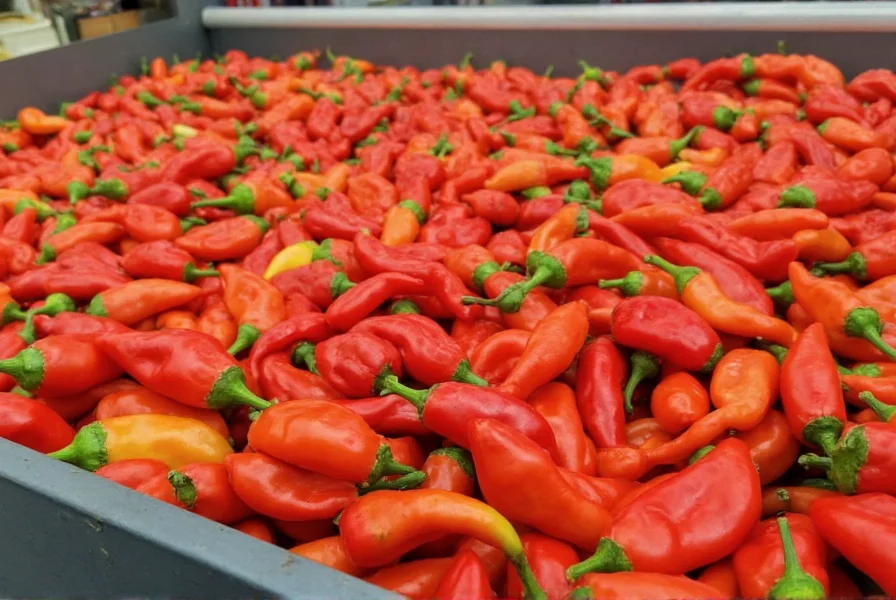

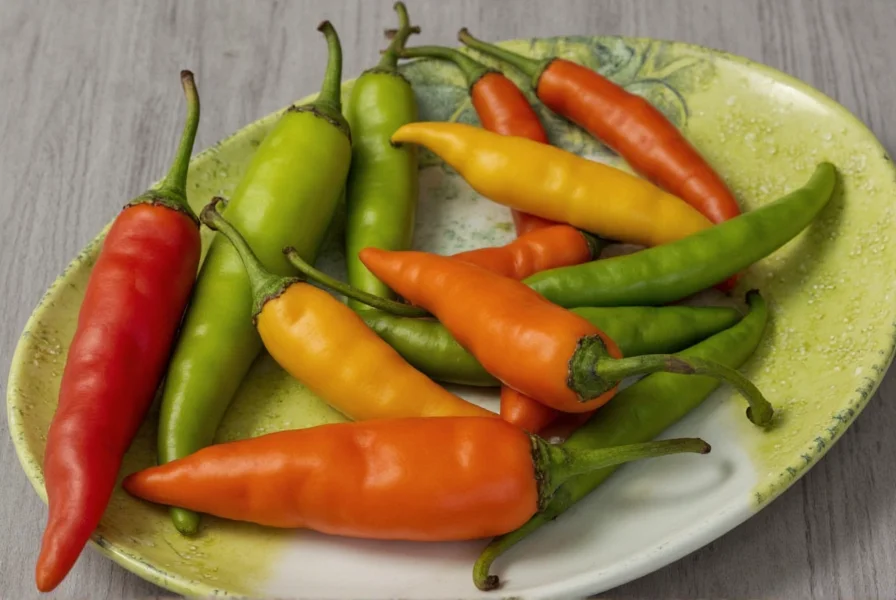









 浙公网安备
33010002000092号
浙公网安备
33010002000092号 浙B2-20120091-4
浙B2-20120091-4